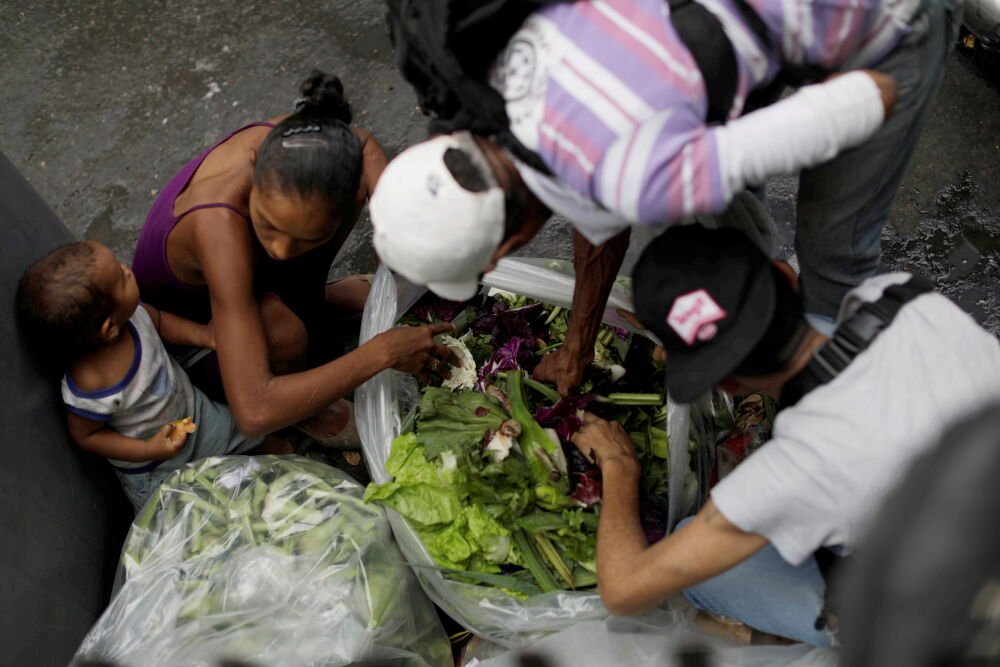A major shift in food supply chains is expected in 2025, influencing costs, availability, and accessibility across populations. Economic challenges, federal funding cuts, and rising demand made food security difficult this year. This article describes the many causes of the 2025 food shortage issue using facts, predictions, and community responses.
Economic Indicators and Predictions
CPI and Food Price Outlook
The Consumer Price Index (CPI) tracks changes in the cost of basic goods and services, indicating economic health and inflation.
-
CPI Trends: By April 2025, the all-items CPI showed a 0.3% month-to-month increase and a 2.3% increase from the previous year. Interestingly, the CPI for all food remained unchanged from March to April 2025 yet demonstrated a 2.8% increase from April 2024.
-
Overall Food Price Predictions:
- General Increase: Food prices are predicted to rise by 2.9%, with a prediction interval between 1.6% and 4.1%.
- Food-at-Home Prices: A moderate increase of 2.1% is projected, with the prediction interval ranging from 0.3% to 4.0%.
- Food-away-from-Home Prices: Expected to see a higher increase, predicted at 4.0%, within a prediction interval from 3.2% to 4.7%.
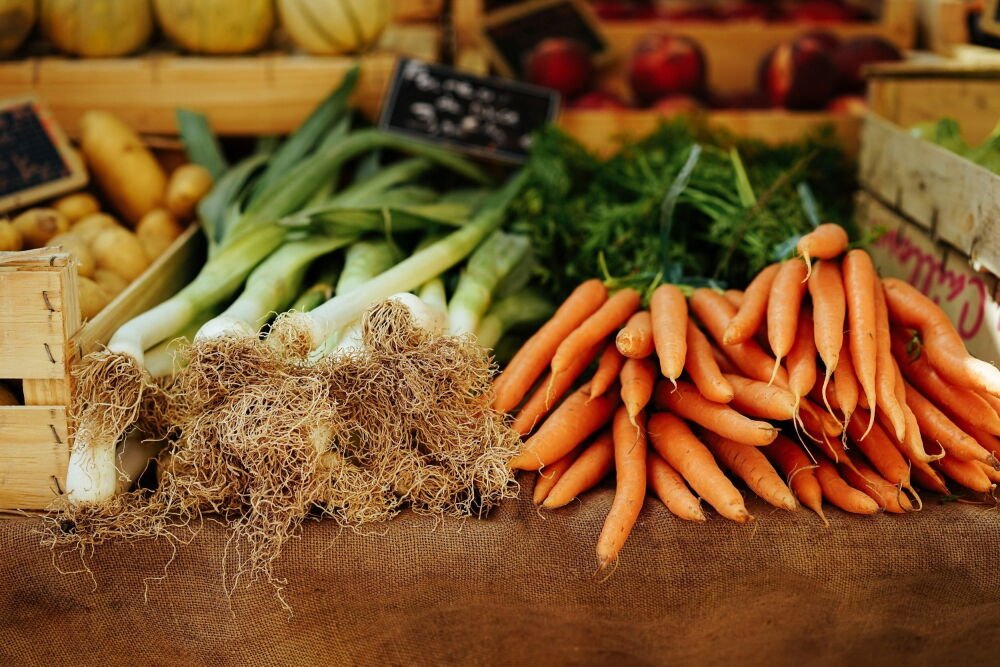
Historical Price Changes
Historical data showing significant price movements is useful for understanding present trends:
- 2020-2024 Trends: Food prices experienced substantial hikes, peaking at a 9.9% increase in 2022, influenced by global events such as avian influenza and geopolitical tensions in Eastern Europe.
- Recent Changes: The rate of increase moderated to 5.8% in 2023 and further to 2.3% in 2024.
These historical circumstances show food price volatility, shaping 2025 expectations.
Category-Specific Price Changes
Price changes vary per food category due to supply and demand:
| Category | Predicted Change |
|---|---|
| Eggs | +39.2% |
| Beef and Veal | +6.6% |
| Pork | -0.2% |
| Poultry | +2.1% |
| Fresh Vegetables | -2.9% |
| Sugar and Sweets | +4.4% |
| Nonalcoholic Beverages | +4.2% |
Egg prices are variable due to avian influenza outbreaks, whereas fresh vegetable prices may fall due to improved supply chains and manufacturing efficiencies.
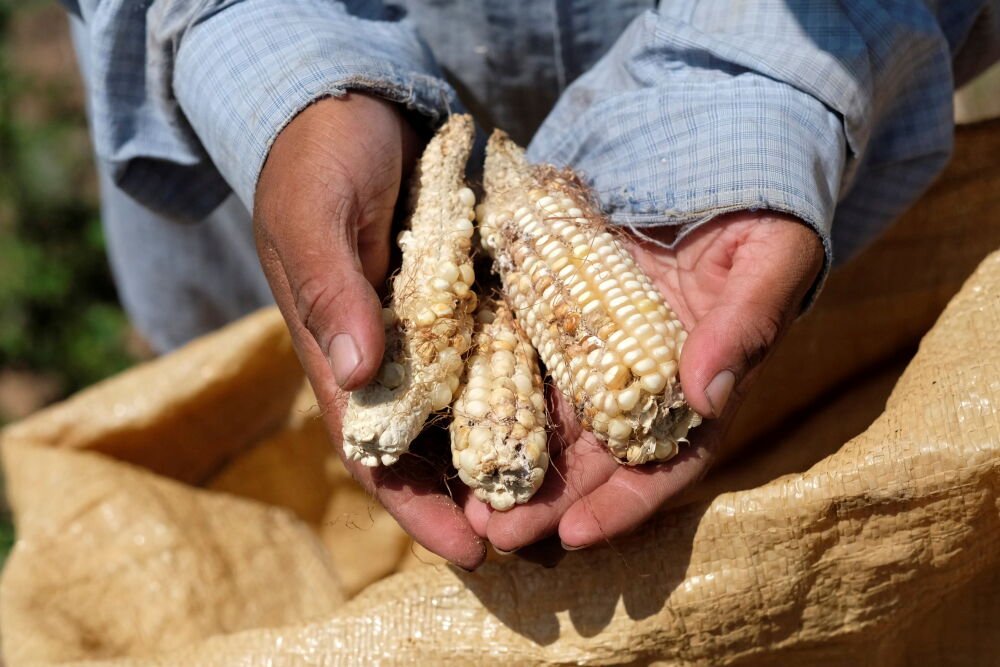
The Impact of Federal Funding Cuts
Food Banks and Federal Support
Funding from the federal government helps food banks and reduce food shortages. In 2025, several crucial financial programs were drastically curtailed, worsening the crisis:
- Funding Cuts: The U.S. Department of Agriculture (USDA) halted $500 million in deliveries to food banks nationwide. Additionally, the Emergency Food Assistance Program suffered a $500 million reduction, impacting over 20% of distributions managed by Feeding America.
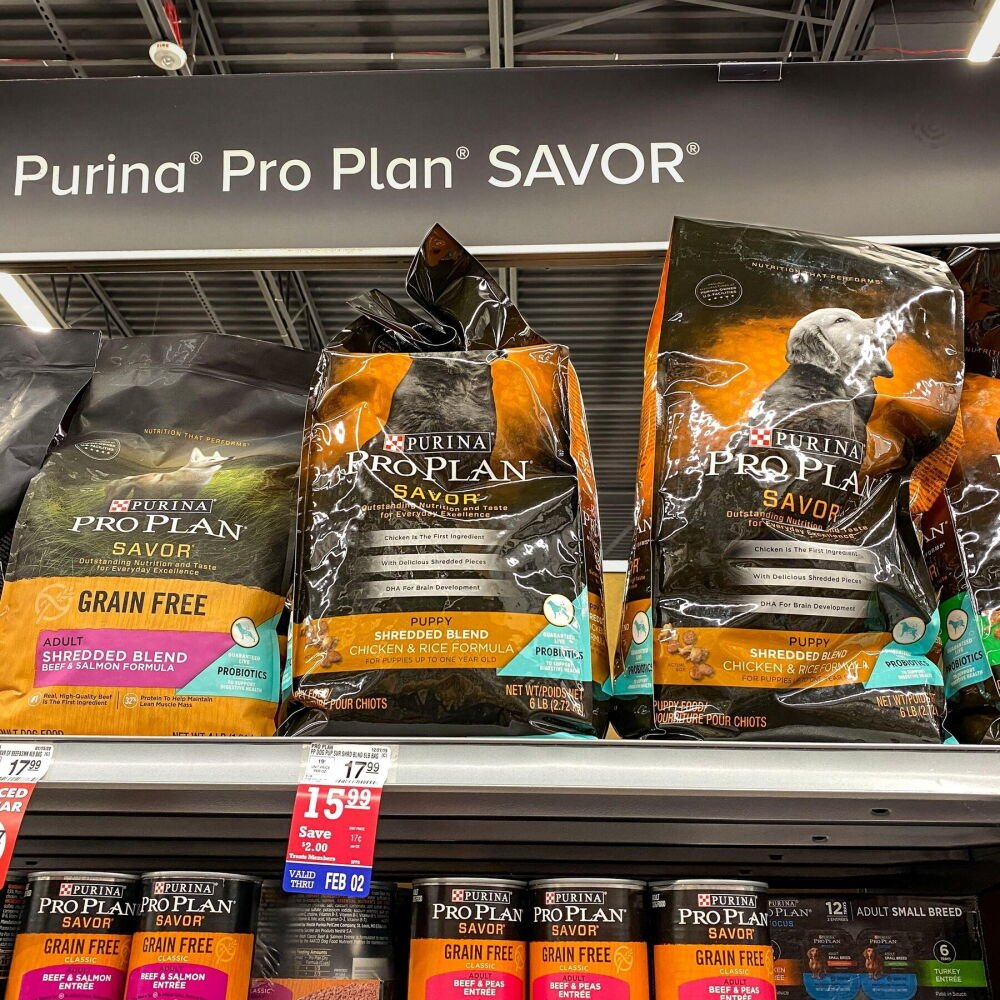
Record Demand and Demographic Shifts
Due to economic difficulties and federal support cuts, food banks are seeing record demand:
- Food Bank for the Heartland in Omaha, Nebraska, expects to serve 580,000 households, marking an all-time high.
- South Plains Food Bank in Texas anticipates distributing 121,000 food boxes throughout 2025, reflecting a 25% demand increase.
- Food Bank of Northern Nevada is serving an average of 160,000 people monthly, representing a 76% increase since the pandemic.
As food bank members’ demographics change, more use these resources in their monthly budgets.
Community Responses and Initiatives
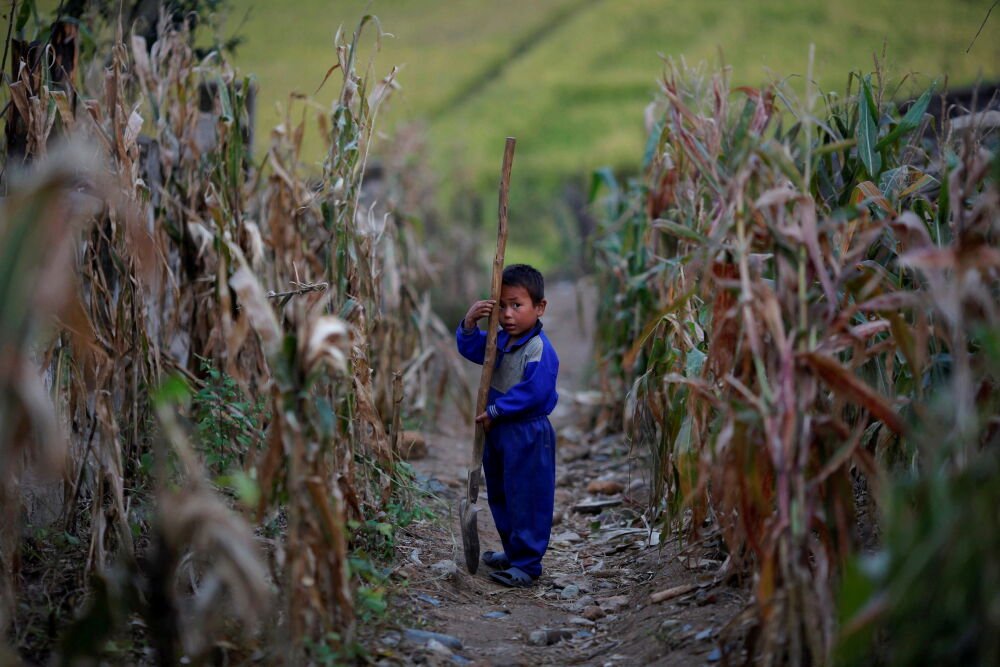
Local Grassroots Efforts
Communities take food shortages seriously, using several methods:
- Duck Valley Initiatives: Residents in regions like Duck Valley, where grocery access is limited, are cultivating their own produce gardens to offset high prices and limited availability. This initiative reflects a broader trend of self-reliance amid economic strife.
Advocacy and Policy Recommendations
Community leaders and advocates are demanding legislative action to restore funds and improve food security:
- Challenges and Solutions: Vince Hall of Feeding America has emphasized the importance of the Emergency Food Assistance Program, describing it as a vital lifeline for rural communities. Advocacy for a revised farm bill and restored funding is critical.
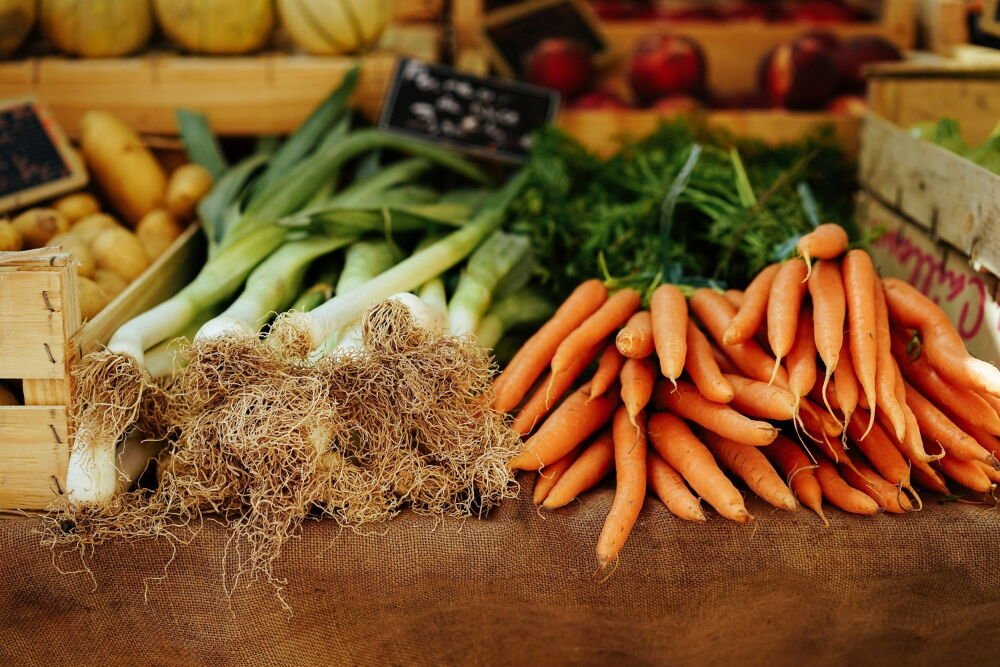
FAQ
The primary causes of the 2025 food shortage?
Federal funding cuts, rising demand, inflation, and supply chain interruptions cause the food scarcity.
Food banks’ response to rising demand?
Food banks are failing to satisfy rising demand due to limited resources, less federal support, and higher food prices.
Are some food groups more affected?
Disease outbreaks and supply limits are raising prices for eggs and meat, while fresh vegetables are falling.
How is the community handling food shortages?
Communities are gardening and campaigning for aid program reform.
What role does government policy play in food shortages?
Federal financing for aid programs and food banks greatly affects food availability.
